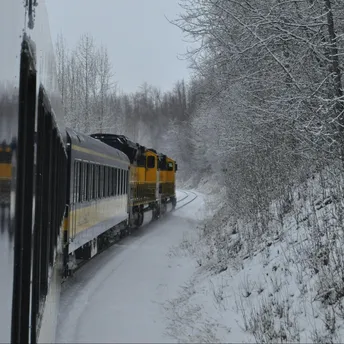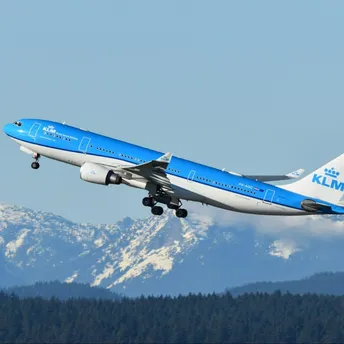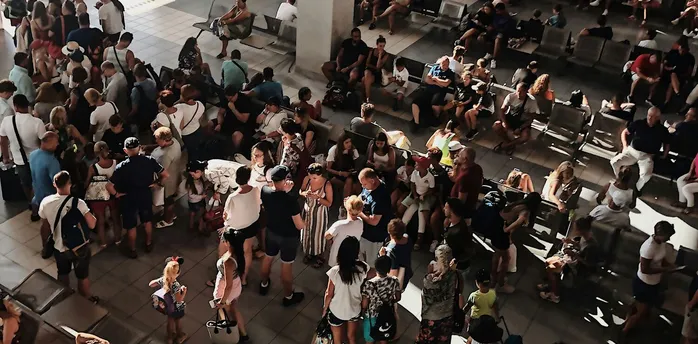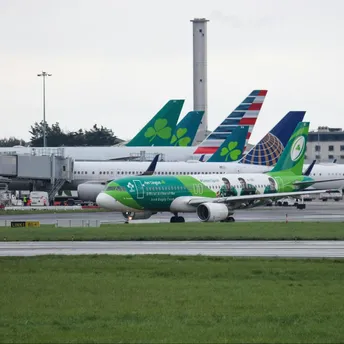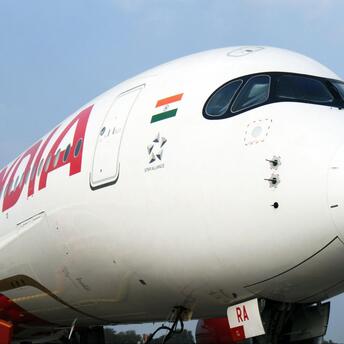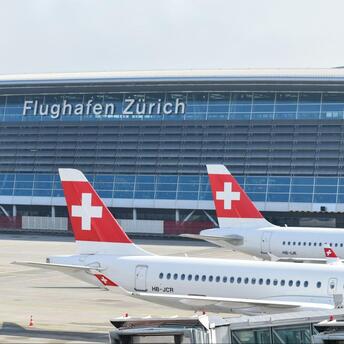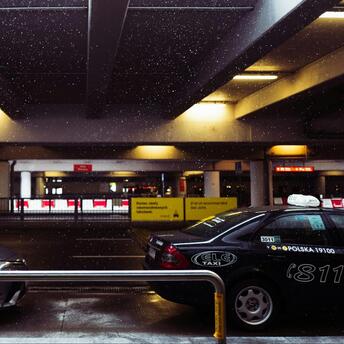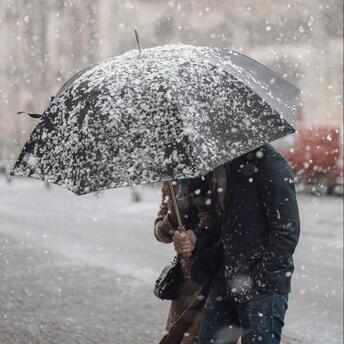NTSB Investigates JSX Embraer ERJ145LR Landing Gear Collapse at Houston Airport
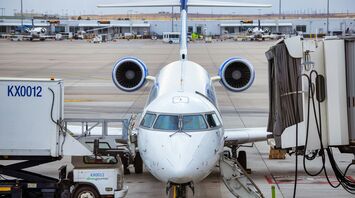
The National Transportation Safety Board (NTSB) has released a preliminary report on the collapse of the left main landing gear (LMLG) of a JSX Embraer ERJ145LR at Houston Hobby Airport (HOU) on May 3, 2024. The incident occurred during a flight operated by Delux Public Charter between Dallas Love Field Airport (DAL) and HOU.
The incident took place as the aircraft approached HOU, facing gusty winds. The flight crew initiated a go-around, but the aircraft impacted the runway shortly thereafter. Data from the flight data recorder (FDR) indicated an increase in throttle lever angle, although the pilots did not recall initiating the maneuver.
Upon touchdown, the vertical load factor was recorded at 3.9 g, leading to the collapse of the LMLG and subsequent puncture of the left wing’s upper skin. The aircraft came to a stop about 567 feet from the runway's end. Emergency services responded promptly, and all 24 people on board, including three crew members and 21 passengers, exited safely. Only the first officer sustained minor injuries.
The NTSB’s initial inspection revealed significant structural damage to the LMLG, including deformation and a hydraulic fluid leak. The left-wing spar III suffered multiple fractures but the fuel tank remained intact. The damage suggested a strong upward force from the LMLG and impact with runway lights.
The investigation involves multiple specialists focusing on airworthiness, operations, and human performance. Data from both the FDR and the Cockpit Voice Recorder (CVR) are being analyzed, though concerns remain about potential overwriting of the CVR data.
In addition to the NTSB, the Federal Aviation Administration (FAA), Delux Public Charter, Brazil's Aeronautical Accidents Investigation and Prevention Center (CENIPA), and Embraer are also involved in the investigation. The incident has prompted the FAA to scrutinize public charter flights, which operate under Part 135 regulations, aiming to impose stricter safety measures.







